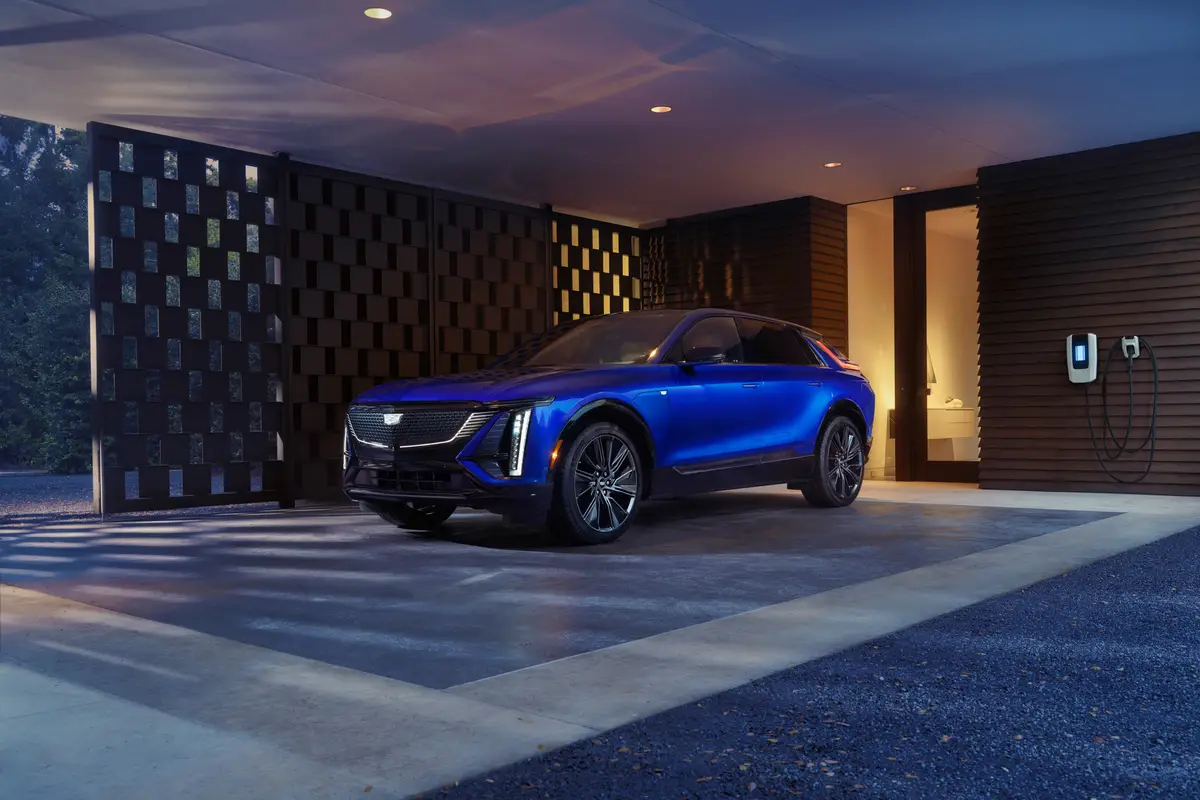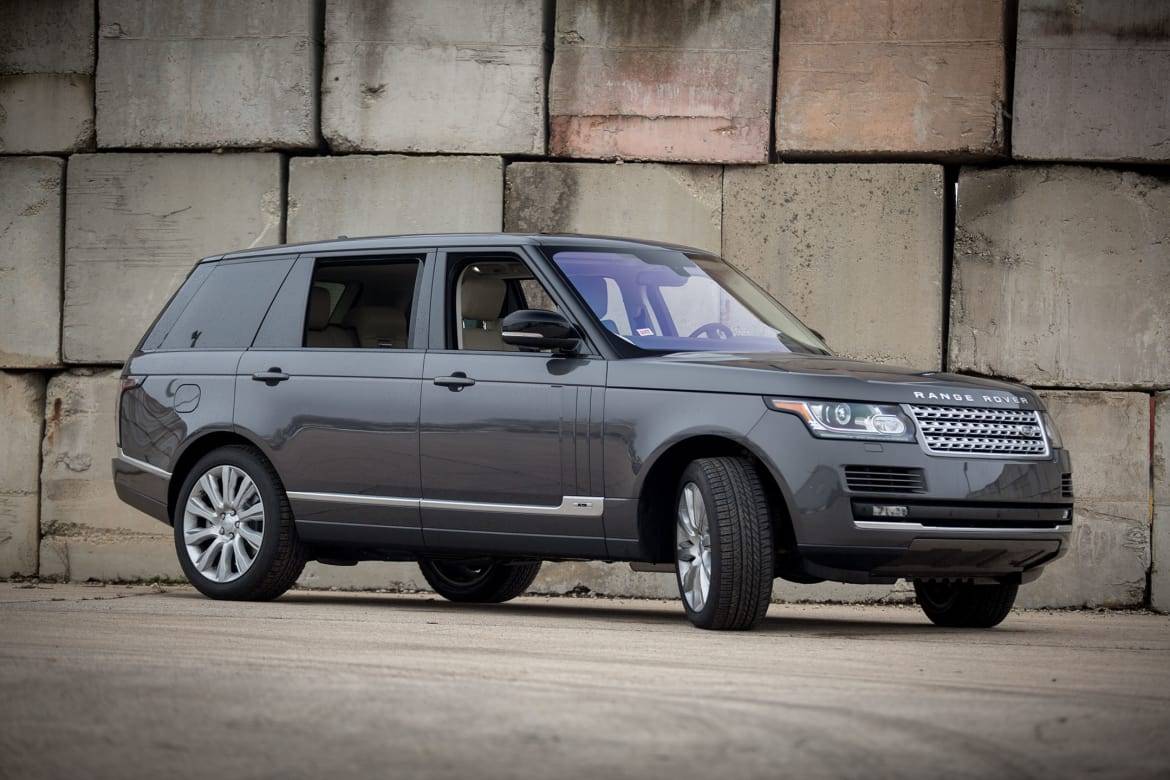KansasCity.com's view
Compact SUVs are so practical that they’re as addictive as good coffee.
Most compacts are based on car platforms. They have almost as much interior space as larger SUVs, they’re easy to drive in the city, and they get decent gas mileage. On top of that, most are reasonably priced.
The popularity of the compact SUV segment is evident. Toyota and Honda are major players, but Chevy, Pontiac and Saturn all have vehicles of similar size. Acura is about to add the RDX, which will be one of the first luxury compacts.
Toyota’s RAV4, introduced in 1996, was one of the first in this segment. As competitors joined the fray with larger vehicles, the RAV4’s short wheelbase and small size were limiting.
The new model is the third generation, and it’s the biggest yet. In fact, its size may stretch the definition of a compact. While it’s predictable that the RAV4 would grow in size, it has not sacrificed maneuverability or fuel efficiency. Fourteen inches of additional length give room for a small third seat, a handy item if you’re carpooling to preschool. No other compact offers a third seat at this time.
Toyota designed the RAV to be sporty, and to that end it rides on an all-new chassis. The test car was a Sport model with 18-inch wheels, and it was as agile and responsive as a compact sedan.
The base engine is a 2.4-liter, four-cylinder with 166 horsepower. Mileage estimates are 24 city and 30 highway for two-wheel drive.
The optional 3.5-liter, 269-horsepower V-6 should be like lightning in a bottle. It pushes the RAV4 to 60 miles per hour in less than seven seconds while achieving mileage estimates of 22 miles per gallon in the city and 29 on the highway for two-wheel drive. Four-wheel drive is 1 mpg less. Towing capacity is 3,500 pounds.
Both engines are mated to a five-speed automatic transmission.
The RAV4 is available in front-wheel- and four-wheel-drive models in Base, Sport and Limited trim. Prices start at $20,300 for the Base front-wheel-drive model, $21,875 for the Sport and $22,555 for the Limited. A four-wheel-drive Limited with the optional V-6 starts at $25,870.
Two-wheel-drive models have a limited-slip differential as standard equipment.
The test car was a four-wheel-drive Sport with the four-cylinder engine. The base price was $23,275 and the sticker price was $26,268.
Because the four-cylinder has good midrange torque, the RAV4 scoots away from stops with more than adequate urge and has adequate passing power at highway speeds. Most owners will be satisfied with this engine, but those who want maximum performance, or the ability to tow small trailers, will opt for the powerful V-6.
Toyota calls the styling “rugged” and “aerodynamically sleek,” but it seems less inspired than the new Camry sedan. The nose has a trapezoidal grille and jewel-like headlights. LED taillights are used in back. The spare tire is mounted on the tailgate.
The Sport model’s charcoal cloth seats were comfortable and attractive. A brushed-silver finish is applied to the center cluster, console and door panels. Small touches include illumination of the front cup holders at night and a cell phone holder in the center console. The sound quality of the test car’s stereo was underwhelming. A plug for an iPod is standard.
Second-row seats are split 60/40, and each segment has fore and aft movement for leg-room adjustment. The seatbacks recline and the armrest has two cup holders. The optional third seat is split 50/50, and it folds flat under the cargo floor. Models without the third seat have a handy under-floor storage compartment.
A four-wheel independent suspension gives the RAV4 both agile, sporty handling and a comfortable carlike ride. McPherson struts are used in front while the rear axle uses a double-wishbone design. The rear shock absorbers are mounted diagonally so the rear floor can be lower.
The Sport model’s suspension is firmed up for even more aggressive handling, yet the ride quality is not diminished in the least. Standard safety equipment includes vehicle stability control, traction control, anti-lock brakes with brake assist and electronic brake force distribution. Brake assist applies maximum braking force when it senses a panic stop, and electronic brake force distribution balances front-to-rear brake bias depending on the load and circumstances.
Toyota’s latest generation vehicle stability control interfaces with the electronic power steering system to provide the right amount of steering assist for any emergency situation.
A new electronically controlled on-demand four-wheel-drive system features an electronically controlled coupling that distributes torque between the front and rear wheels. The RAV4 can switch continuously from front-wheel drive to four-wheel drive based on road conditions. A switch allows the driver to manually select four-wheel drive, and that is handy in snow.
Models equipped with the V-6 or a third seat will have Hill-start Assist Control and Downhill Assist. HAC keeps the vehicle stationary when starting on steep hills or a slippery surface. DAC is used when descending steep slopes.
Front and side airbags are standard. Roll-sensing side-curtain airbags will be an option.
Price
The base price of the test car was $23,275. The sticker price was $26,268.
Warranty
Three years or 36,000 miles.
Engine: 2.4-liter, 166-hp 4-cyl.
Transmission: Automatic
All-wheel drive
Wheelbase: 104.7 inches
Curb weight: 3,444 lbs.
Base price: $23,275
As driven: $26,268
MPG rating: 23 city, 28 hwy. At A Glance
Point: The RAV4 is considerably bigger than before, but it retains the maneuverability of a smaller vehicle. The four-cylinder has good power and is fairly thrifty. An optional third seat is a first for the compact segment, and the availability of a 269-horse V-6 is startling for a vehicle in this segment.
Counterpoint: The test car was not as quiet as other Toyotas, perhaps because of tire choice, and the stereo radio seemed less than stellar.
Latest news



